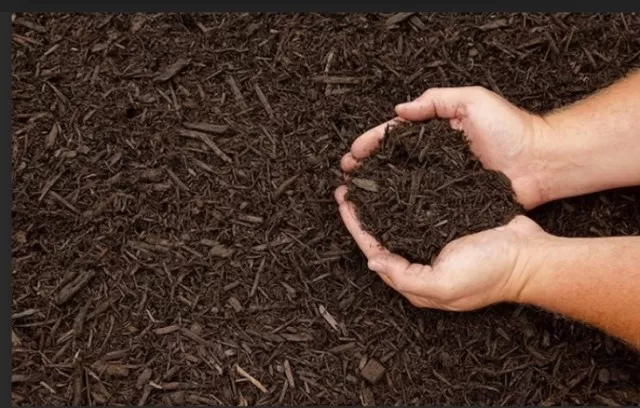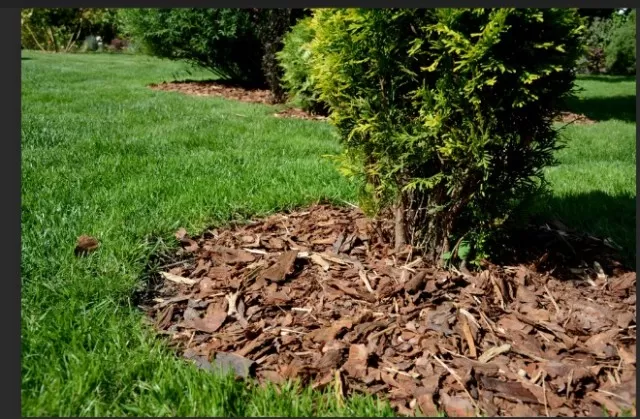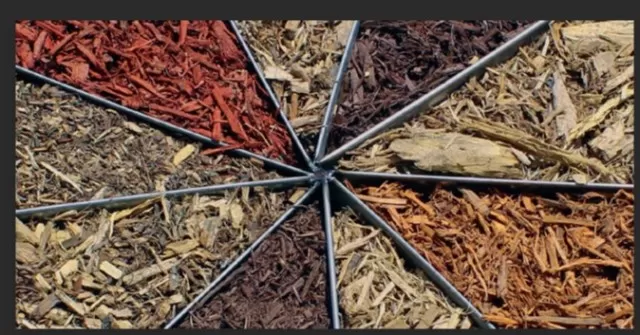Termites and Mulch: Debunking the Myth. Termites are tiny, wood-feeding insects that can cause significant damage to homes and structures. When it comes to the relationship between termites and mulch, the question arises: Will termites become more problematic if you have mulch around your house, or can certain types of mulch deter them?
Mulch is commonly used around homes and gardens for various reasons, such as moisture retention, weed suppression, and aesthetic enhancement. However, certain types of mulch, particularly those made from wood or bark, can attract termites due to their cellulose content, which serves as a food source for these pests. Consequently, homeowners may be concerned that having mulch around their house could increase the risk of termite infestations.
While termites are naturally drawn to wood-based materials, including mulch, the presence of mulch alone is not necessarily a guarantee that termites will infest a property. Several factors influence termite activity and the likelihood of an infestation, such as the type of mulch used, its proximity to the house, and the overall conditions conducive to termite survival.
Reduced Mowing Frequency: Embrace the Convenience of a Clover Lawn

Maintaining a clover lawn offers a significant advantage in terms of mowing requirements.
Unlike traditional grass lawns, which demand weekly attention, a clover yard necessitates only a few mowings per year. This disparity arises from the fact that a white clover lawn typically grows to a height of 2 to 8 inches.
Although some homeowners prefer to trim their lawns during the middle of the season for aesthetic purposes and to remove spent flowers, it is worth noting that mowing the clover lawn 4 to 6 weeks prior to the first frost can aid in winterizing the lawn. However, the days of spending every weekend on the tedious task of mowing are over, thanks to the low-maintenance nature of clover lawns.
Clover Lawns: Minimal Watering for Sustainable Landscaping
In addition to their reduced mowing requirements, clover lawns offer the advantage of minimal water consumption when compared to traditional grass.
Unlike most grasses, clover grass exhibits remarkable drought tolerance and can maintain its green appearance throughout the year, even in colder regions.
On the other hand, turfgrass necessitates at least an inch of water per week.
Excessive watering not only depletes a valuable natural resource but also contributes to the runoff of harmful chemicals and pesticides, which contaminate water bodies and endanger wildlife. By opting for a clover lawn, which boasts deeper root systems compared to turfgrass, you can significantly reduce the time and money spent on watering your lawn while embracing a more sustainable approach to landscaping.
Fertilizer-Free Bliss: The Advantages of a Clover Lawn

One of the remarkable benefits of a clover lawn is that it eliminates the need for fertilization.
As a legume, clover possesses a unique ability to extract nitrogen from the air and deposit it into the soil, thereby enriching nearby plants and improving soil quality. This quality makes clover an excellent addition to yards with nutrient-deficient soil, as it thrives even in compacted or poorly draining soil conditions.
In cases where your lawn consists of a mixture of grass and clover, you’ll notice that the grass becomes greener and healthier without the requirement for additional fertilizers.
Furthermore, the presence of clover doesn’t demand any extra fertilization either. By embracing a clover lawn, you can enjoy the advantages of lush, vibrant grass without the need for frequent fertilizing, contributing to a more sustainable and low-maintenance landscaping approach.
Considerations for Heavy Foot Traffic: Clover\’s Durability and Maintenance
It’s important to note that clover, when used as a standalone ground cover, may not withstand repeated heavy foot traffic or serve as a suitable option for playing fields.
In such cases, clover tends to struggle and may result in patchy and bare areas, particularly in heavily traveled regions. However, when combined with turfgrass in a blend, clover can contribute to a resilient lawn that can handle occasional heavy traffic.
While clover can provide strength when mixed with turfgrass, it’s worth mentioning a couple of drawbacks.
Firstly, clover has a tendency to stain clothing more easily compared to turfgrass. Secondly, as a short-lived perennial, clover may require reseeding every 2 to 3 years to maintain its vigor and appearance.
Considering these factors, it’s essential to assess the level of foot traffic in your intended area and determine whether a clover and turfgrass blend would be suitable for your specific needs.
Embrace Natural Weed Control: Pesticide-Free Benefits of a Clover Lawn

The dense roots and rapid growth of white clover, also known as Dutch clover, effectively suppress weed growth, making the use of herbicides unnecessary for maintaining a clover lawn.
In fact, most herbicides are detrimental to clover and should be avoided altogether. Clover’s dense clumps and vigorous spreading through secondary roots allow it to outcompete broadleaf weeds, essentially acting as its own natural herbicide.
Furthermore, clover serves as an inviting habitat for beneficial insects, including crucial pollinators, and attracts wildlife such as rabbits.
As a result, it is advisable to refrain from applying pesticides to clover, as it can harm these beneficial creatures. The regular application of broad-spectrum herbicides and pesticides, particularly synthetic variants, can pose toxicity risks to humans and animals while negatively impacting local ecosystems and water bodies.
By cultivating a clover lawn, you can embrace natural weed control methods, support beneficial insect populations, and contribute to a healthier and more environmentally conscious approach to landscaping, free from the use of harmful pesticides.
*The information is for reference only.